Table funding is a financing process in which an investor secures a loan using the value of their own real estate assets as collateral. This allows investors to leverage their investments and increase liquidity without taking out additional debt or risking additional capital. Table funding can be used to acquire or refinance residential, commercial, industrial, or agricultural properties.
Key Takeaway
Table funding is a unique financing option for investors that allows them to leverage their existing real estate assets without taking on additional debt or risking additional capital. This makes table funding an attractive alternative to traditional forms of financing, such as mortgages and lines of credit. Table funding can also be used to acquire or refinance multiple types of property, from residential to agricultural land. Before proceeding with the table funding option, investors should seek professional advice to ensure that it is suitable for their specific circumstances.
How Table Funding Works
Table funding works by allowing investors to access additional funds using the value of their real estate assets as collateral. The investor makes an initial down payment on the loan, and then uses the real estate asset as security for the remaining portion of the loan amount. When table funding is used, investors are able to access financing without taking out additional debt or risking further capital.
In order to successfully secure a loan through table funding, investors must have equity in their existing real estate assets. This equity can be used as collateral to "lock in" an interest rate and secure the loan. As such, table funding can be a great way to access capital and leverage investments without putting additional debt or risk on the investor's balance sheet.
Benefits of Table Funding vs. Other Financing Models
Table funding offers investors a number of advantages compared to more traditional financing models. Table funding allows investors to access capital without taking out additional loans or risking their own capital. Table funding also gives investors better control over the terms of the loan, including interest rates, repayment schedules, and other financial details. Additionally, table funding can be used to acquire multiple properties at once using a single loan. This can be especially beneficial for investors who are looking to quickly grow their portfolio or invest in multiple markets.
Additionally, table funding can offer more flexibility than traditional financing options; investors can use table funding to acquire or refinance multiple properties at once, allowing them to diversify their real estate portfolios quickly. This makes it a great option for investors who are looking to move quickly on investment opportunities.
However, it is important to note that the risks associated with table funding are commensurate with those of other financing options, such as mortgages and lines of credit. Investors should also be aware that the terms and conditions of their loan agreement will vary depending on the type of property they are investing in. As such, they should ensure that they thoroughly research all aspects of table funding before making any final decisions.
Disadvantages of Table Funding
Table funding is not without its disadvantages, however. Since table funding relies on the value of real estate assets as collateral, the amount of financing available may be lower than with other types of financing. Additionally, the loan may be secured for a shorter period of time than other financing options, which can make it difficult to plan long-term investments. Finally, if the real estate asset fails to hold its value or is sold before the loan is paid off, investors risk losing their collateral and becoming responsible for any remaining balance on the loan.
How to Qualify for Table Funding?
In order to qualify for table funding, investors must typically have a good credit score and sufficient equity in the real estate asset they are using as collateral. Additionally, lenders may require that the borrower has a certain amount of liquid assets on hand to cover any unexpected costs or liabilities associated with the loan. Finally, some lenders may also require that borrowers maintain a minimum level of cash flow to ensure that payments can be made in a timely manner.
Where to Get Table Funding?
Table funding is typically available from private lenders or through specialized online platforms. Private lenders may offer more flexible terms than traditional banks, while online platforms may offer greater access to financing options. When searching for table funding, it is important to compare different lenders and make sure to select one that offers competitive terms and conditions. Additionally, investors should make sure to read all the fine print before signing on the dotted line in order to ensure they are getting the best possible deal.
Final Thoughts
The key to successful table funding is understanding the process and its requirements, as well as seeking professional advice before making any decisions. Table funding can be an attractive financing option for many real estate investors looking to access capital without taking out additional loans or risking their own capital. But, it is important to keep in mind, however, that table funding does come with some risks such as the potential loss of collateral if the real estate asset fails to retain its value. Nonetheless, when used properly, table funding can be a great way to increase liquidity and grow a real estate portfolio.



